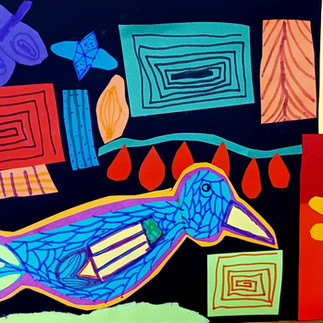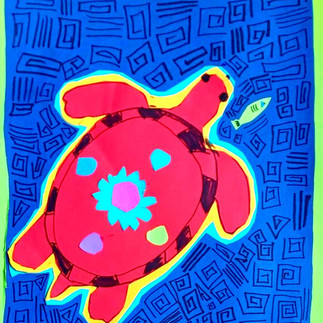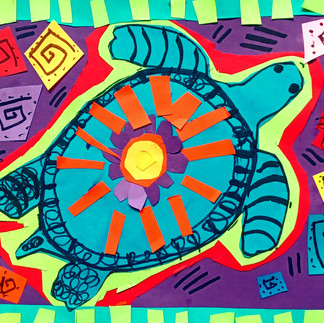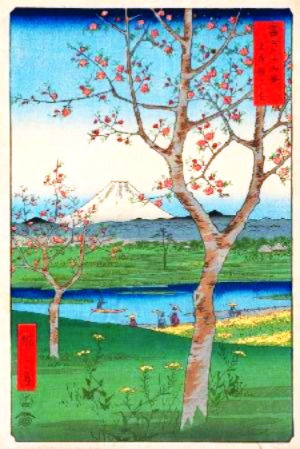Mola Designs of Panama
- Serene
- Nov 8, 2022
- 2 min read
Updated: Feb 17, 2023

A Mola is more than a piece of traditional dress, it has had an enormous impact on the politics and culture of the indigenous Kuna people of Panama. The origins are in the San Blas Islands, an archipelago off the northern coast of Panama that’s part of the Guna Yala Region. Traditionally Kuna women painted their bodies with geometric designs, using available natural colors from dyes derived from plants and berries. They were often used as living history, showing hidden symbols of medical plants, protective symbols, or legends and stories. Women would draw symbols and signs on the bodies of their family members. The Guna believe that the universe is divided into multiple levels, and that there are no empty spaces, so their designs continued from the front to back to keep away evil spirits. Eventually, these same patterns were implemented into the fabric designs. The earliest Molas are said to have developed after the arrival of Spanish missionaries in Central America, when women were encouraged to cover their bare upper torsos. The tradition evolved, and Kuna women created blouses made of imported cotton cloth and thread sewn using cloth bought from the European settlers.
In 1925 The San Blas Rebellion or Guna Revolution took place when the newly seated Panamanian government attempted to strip the Guna people of their long-held cultures and traditions through assimilation after Panama declared independence from Colombia. This included restricting Guna women from wearing their traditional dress and forcing them to wear more modern clothing. As a result, they succeeded in preserving their cultural identity and traditional dress.
The Museo de la Mola in Panama was established to recognize the history of the Mola, and their cultural significance to the country of Panama. Several museums in the United States feature molas in their collections, such as Smithsonian’s National Museum of the American Indian in New York City.
ABERNETHY CLASS
This week we were inspired by the colorful
Mola designs of Panama.
Using a variety of materials, including Oil Pastels
Kwik Sticks, markers and colored art papers.
the class created mixed media collages
combined with Kuna patterns and
animal shapes from species of the region.
TABOR CLASS















































Comments